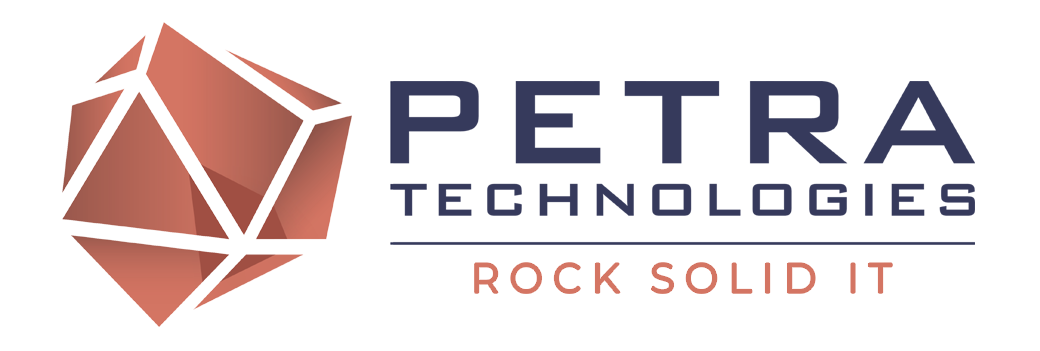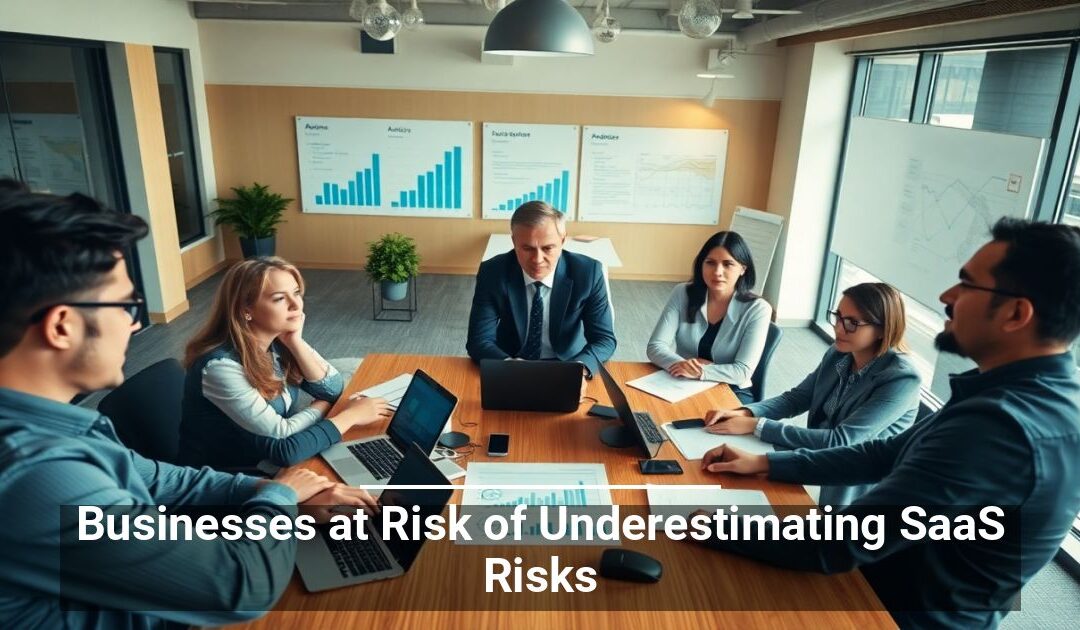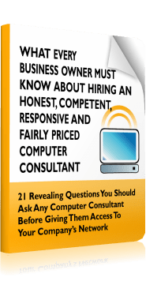 Software as a service is a cost-effective solution for businesses that need scalable and efficient solutions for managing all aspects of their operation. SaaS can help level the playing field, giving even small businesses access to powerful tools without a major investment in accompanying infrastructure.
Software as a service is a cost-effective solution for businesses that need scalable and efficient solutions for managing all aspects of their operation. SaaS can help level the playing field, giving even small businesses access to powerful tools without a major investment in accompanying infrastructure.
For all the benefits that cloud-based apps offer, they also have the potential to create significant security risks. Even more concerning, many businesses underestimate SaaS risks to the point where only a small percentage of cybersecurity teams take a centralized approach to oversight.
Some issues stem from the considerable debate about who bears responsibility for SaaS security: the customer or the provider. Arguably, both parties need to prioritize security, but this underscores that your company needs to be aware of multiple critical risks and have a plan for mitigating them.
The Most Common SaaS Security Risks
Using cloud-based apps for mission-critical functions within your organization offers many advantages. Still, it also increases the risk of data breaches and other security incidents. Some of the most common SaaS risks that businesses fail to recognize include:
- Access management: SaaS platforms need robust protections to ensure adequate protections to keep hackers from accessing confidential information.
- Regulatory compliance: Cloud-based software must align with the data protection and privacy regulatory requirements that govern your business, such as HIPAA and GDPR.
- Malware and Ransomware: An attack on the SaaS provider can put your company’s data at risk, so it’s important to understand how providers prevent and respond to these security breaches.
- Disaster recovery: Many companies move to SaaS platforms to ensure that they can recover from a disaster, but what if the disaster hits the provider? How will they help you heal?
Build a Solid SaaS Security Culture
Perhaps the most serious SaaS security risk isn’t within the technology but the people using it. Unfortunately, in many organizations, IT focuses on the technical elements of cybersecurity more than humans. The result is a culture in which users overestimate the security of their SaaS tools and underestimate the importance of following strict security protocols.
Creating stronger barriers to hackers and data breaches begins with implementing SaaS Security Posture Management (SSPM) protocols. These include centralized, real-time oversight and continuous monitoring to stop potential issues immediately before they become full-blown incidents. SSPM should also include threat detection, configuration management, and ongoing compliance assessments to ensure that the SaaS environment remains secure.
Identity and Access Management (IAM) is also integral to securing the SaaS environment. Controlling who can access the platforms, where, and when is critical to keeping unauthorized individuals from entering. IAM policies monitor and log all access attempts, making it easier to identify and thwart hackers early on.
As cloud-based infrastructure becomes the norm for businesses, it is increasingly important to be aware of SaaS risks and share responsibility for mitigating them with service providers. Avoid overconfidence and develop a security-focused mindset at every level of the organization. This will, ultimately, help you protect your assets.


